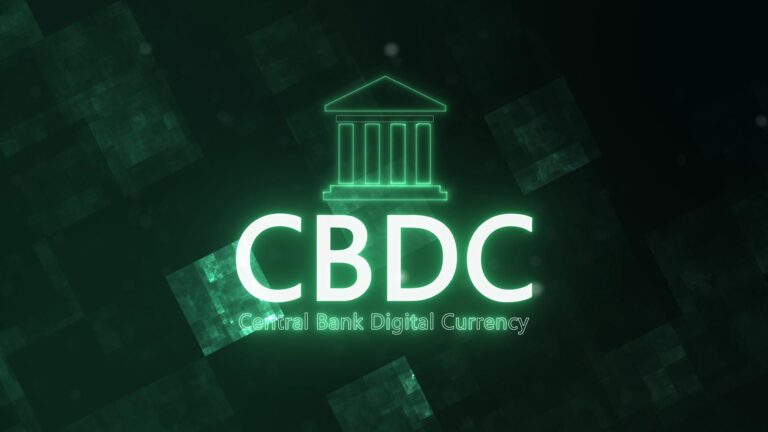Table of Contents
ToggleCBDC stands for Central Bank Digital Currency, a digital currency issued by a central bank. CBDC is a form of electronic cash that is issued and controlled by a central bank, rather than by private financial institutions such as commercial banks.
Central Bank Digital Currency is a response to the growing demand for secure and convenient digital payment methods, as well as to the developing blockchain technology and cryptocurrencies. However, unlike cryptocurrencies, CBDC is issued and controlled by a central bank, which means it is considered safer and more stable compared to private cryptocurrencies.
Central Bank Digital Currency can be issued in various forms, such as digital tokens or electronic account balances, and can be used to make digital transactions using smartphones, payment cards and other electronic devices.

Which countries are most advanced in CBDC research? Central Bank Digital Currency research and development is ongoing in many countries around the world, but not all are at the same level. Here are some of the countries where research is at the highest level:

CBDCs, or digital currencies issued by the central bank, have their advantages and disadvantages. I’ve outlined some of them below:
It is worth noting that the advantages and disadvantages of CBDCs may vary depending on the specific conditions in a given country. It all depends on the context and needs of the economy.

CBDC (Central Bank Issued Digital Currency) and Bitcoin are very different, although both are related to blockchain technology.
CBDC is a digital form of money issued and managed by a central bank; Central Bank Digital Currency operates on the basis of trust in the central bank and is usually backed by the government; CBDC is intended to complement, not replace, existing forms of money such as banknotes and coins.
Bitcoin, on the other hand, is a cryptocurrency powered by blockchain technology that allows for secure and decentralized exchange of value between different individuals without the need for an intermediary. Bitcoin is decentralized, meaning that it is not controlled by any institution, but only by the network of users who use it.
In summary, CBDCs and bitcoins are both related to blockchain technology, but are very different: CBDCs are money in digital form issued by a central bank, while bitcoins are cryptocurrencies that operate through decentralized exchange of value between users. If you want to know how and where to buy cryptocurrencies and tokens for FIAT currencies read arcitle.

For more than 6 years, he has been interested in cryptocurrencies, tokens and blockchain, as well as other modern technologies like artificial intelligence. I have been actively investing for more than 10 years. I have developed hundreds of highly substantive articles and publications for this and many other external portals.